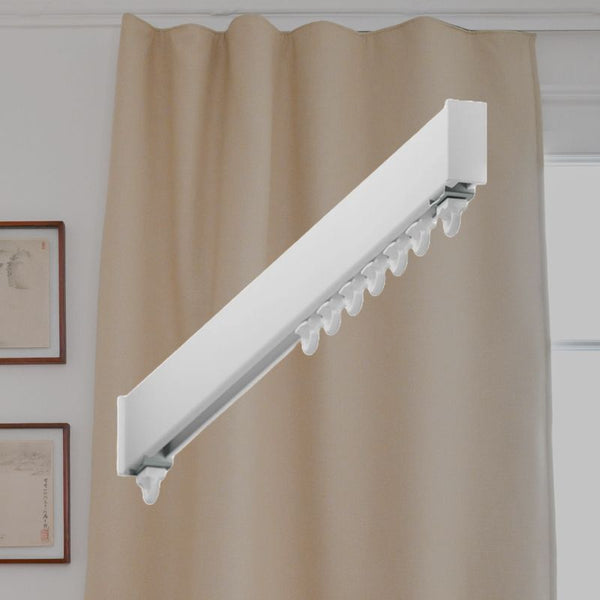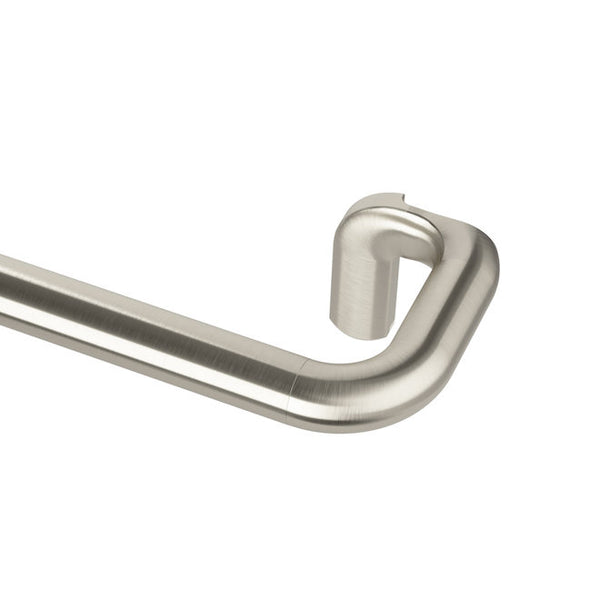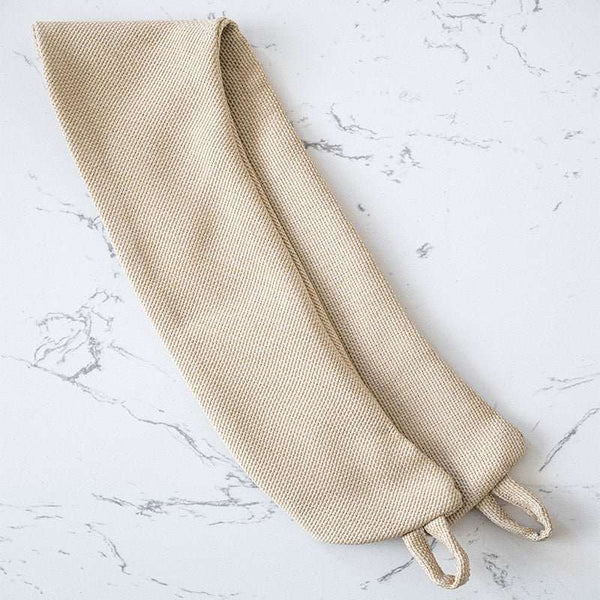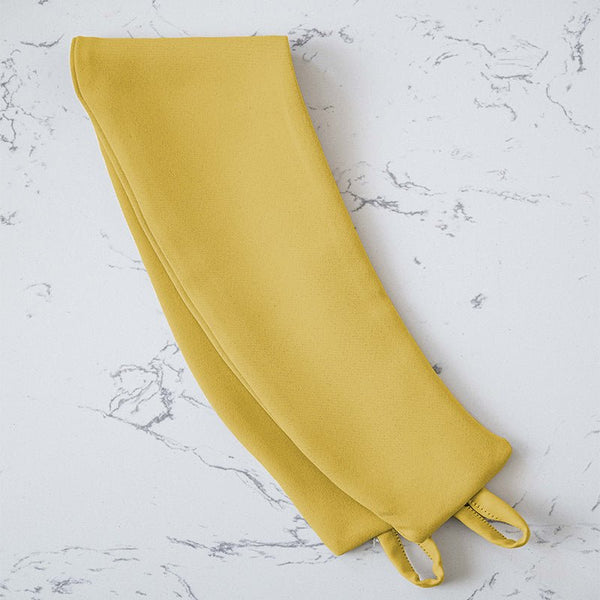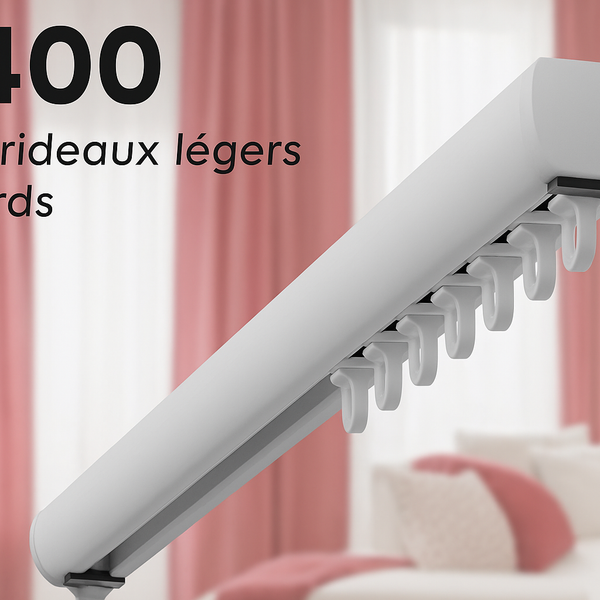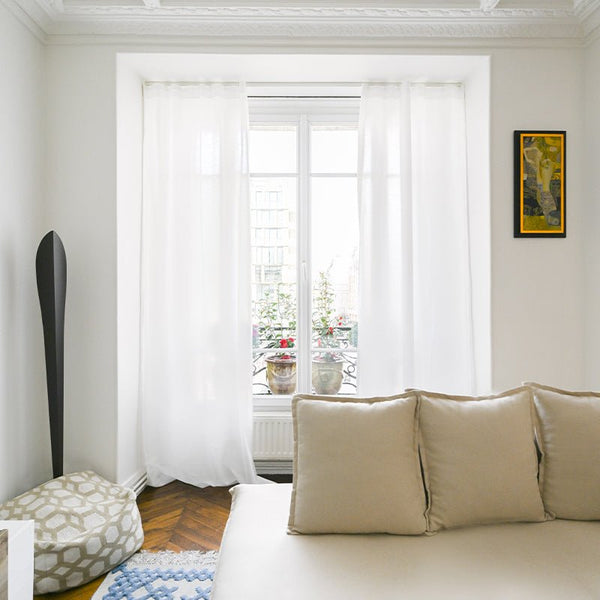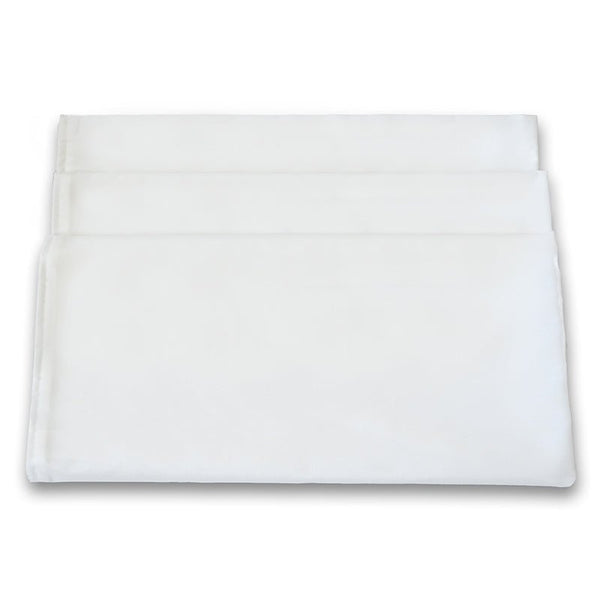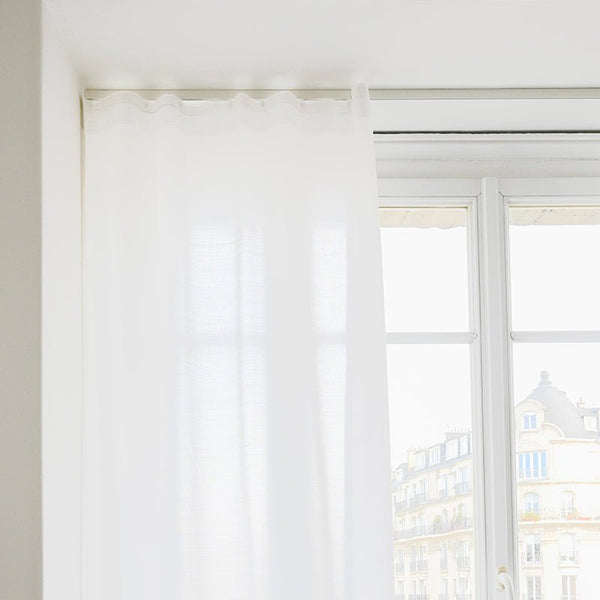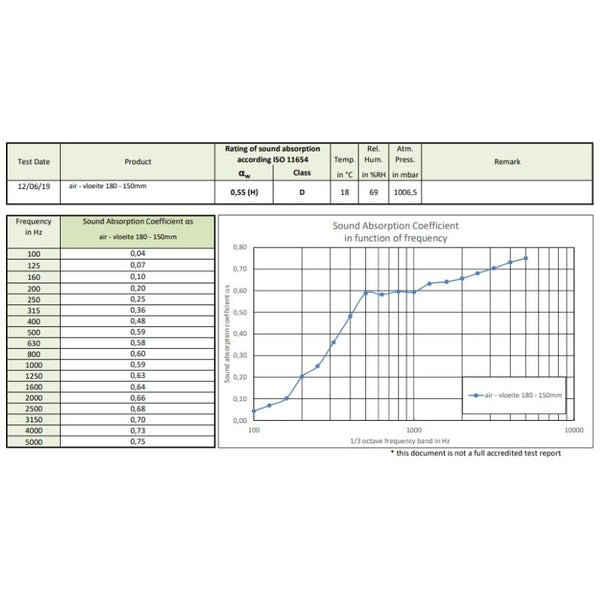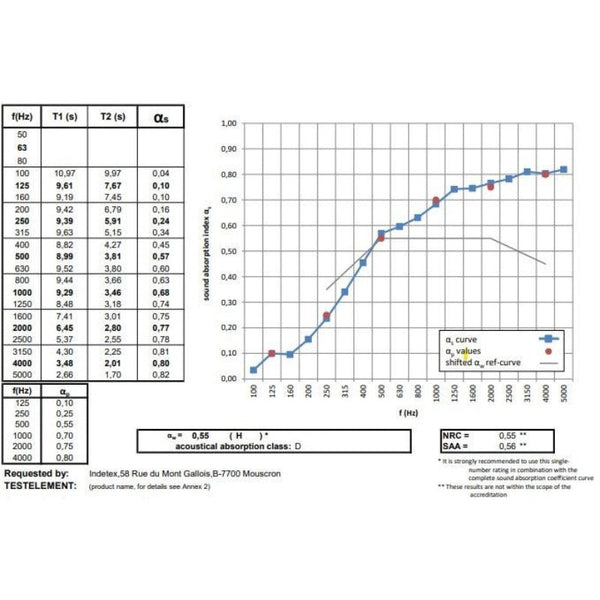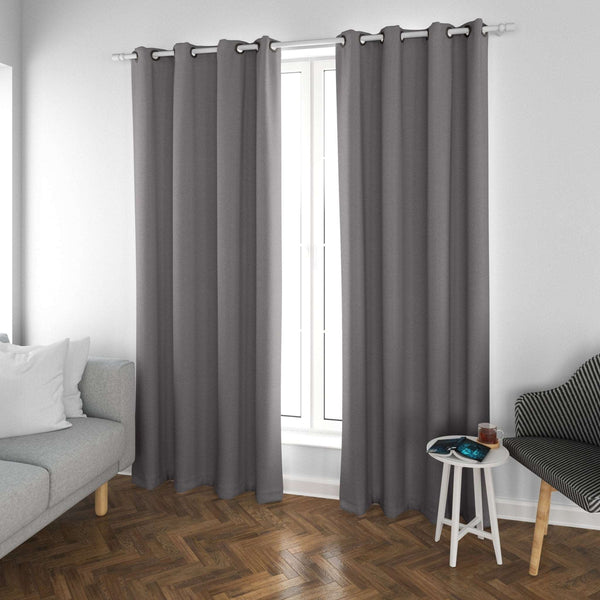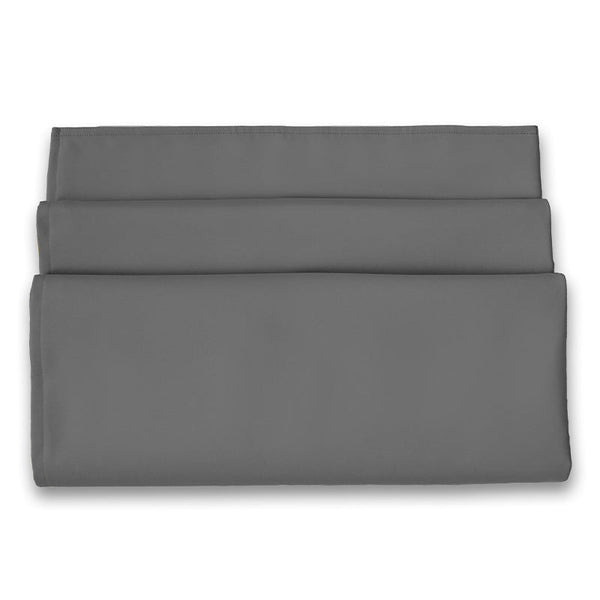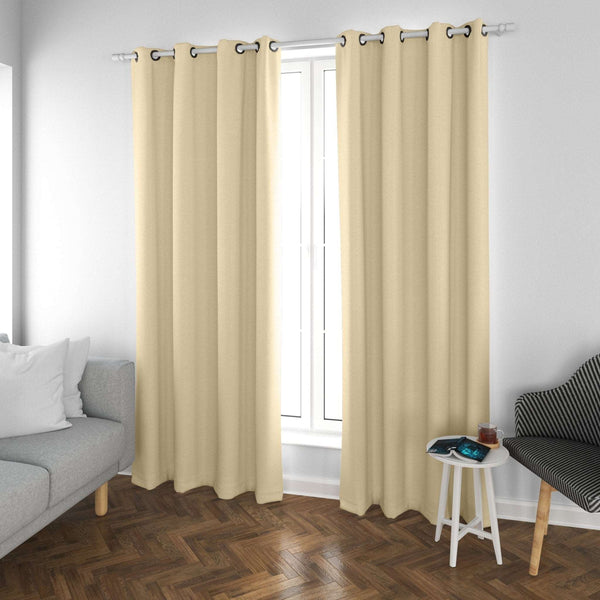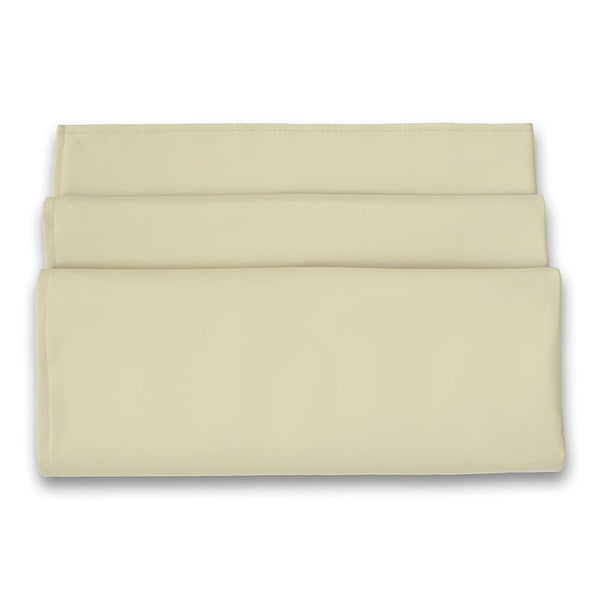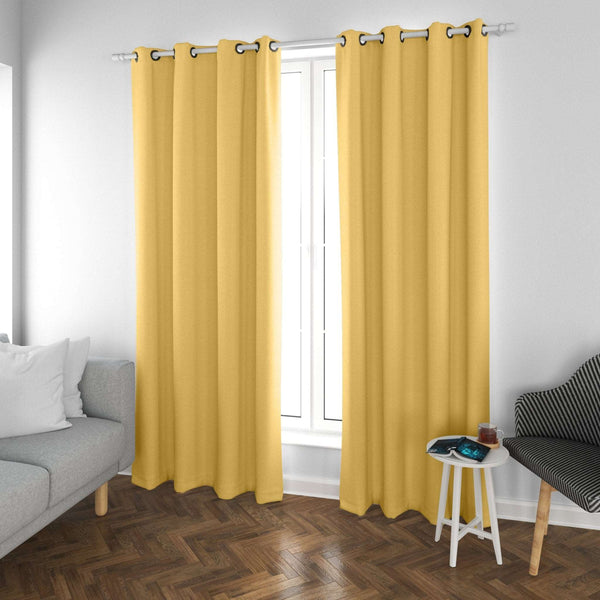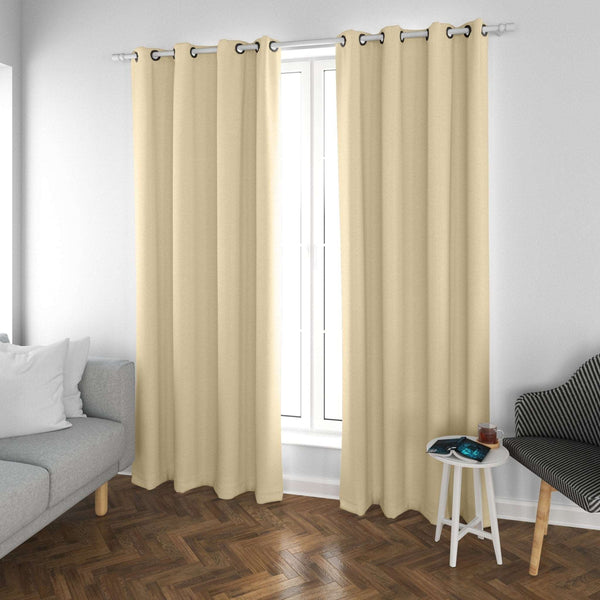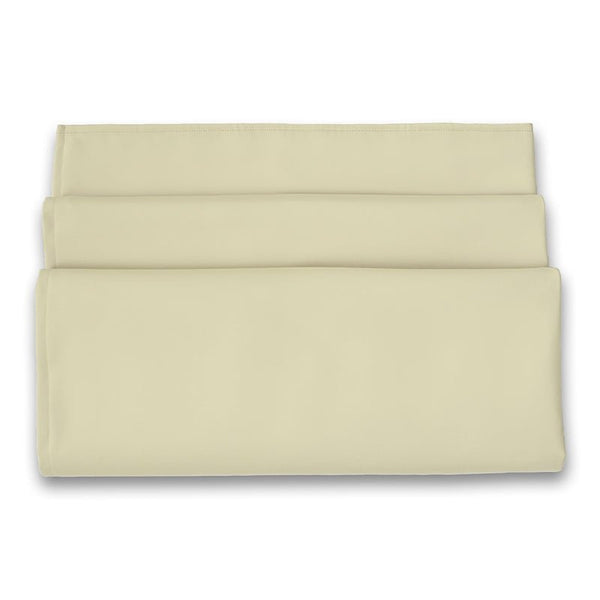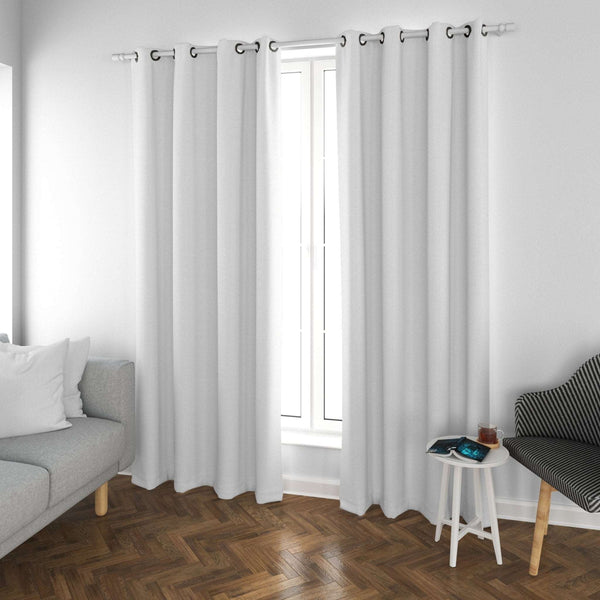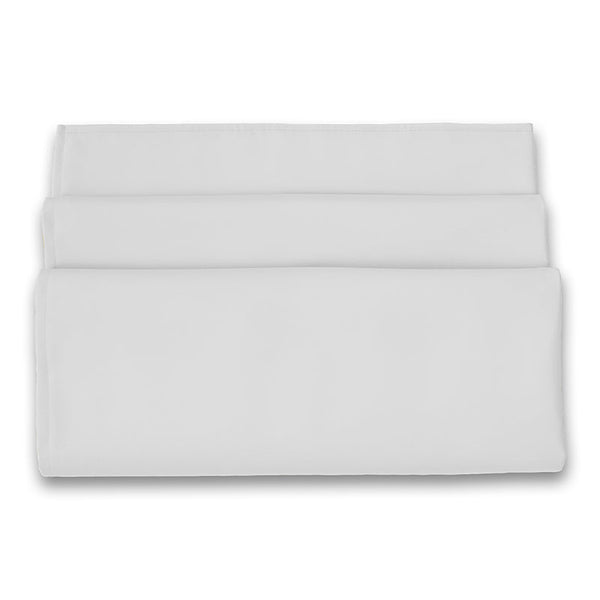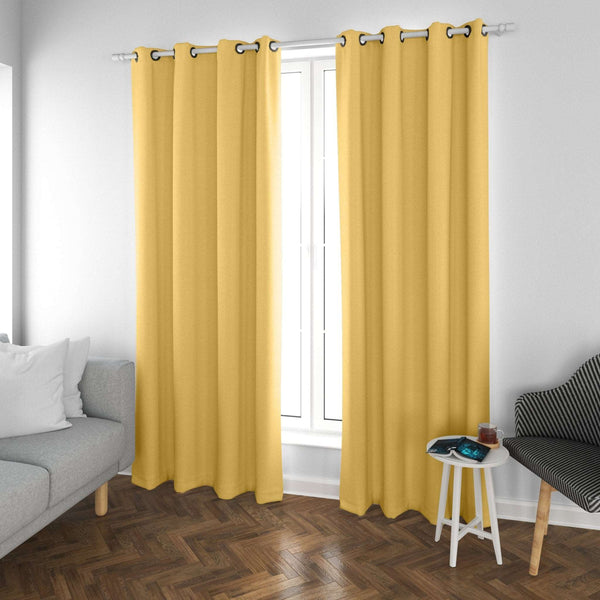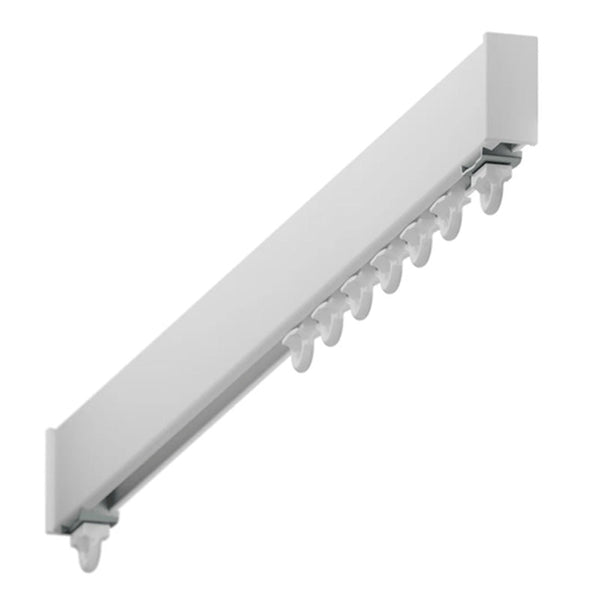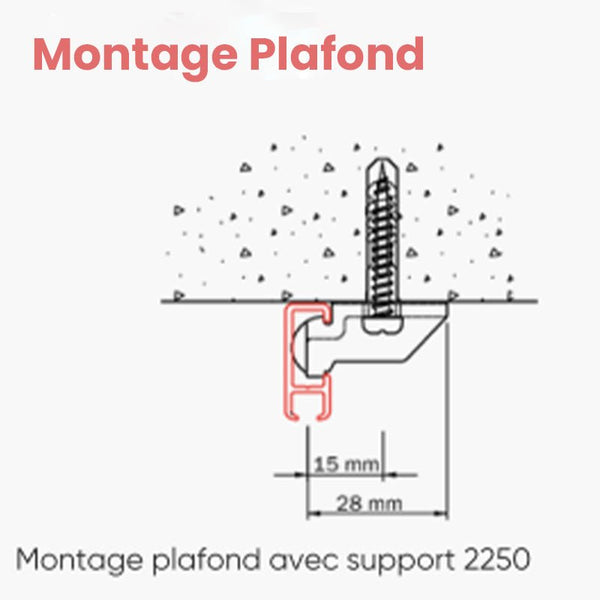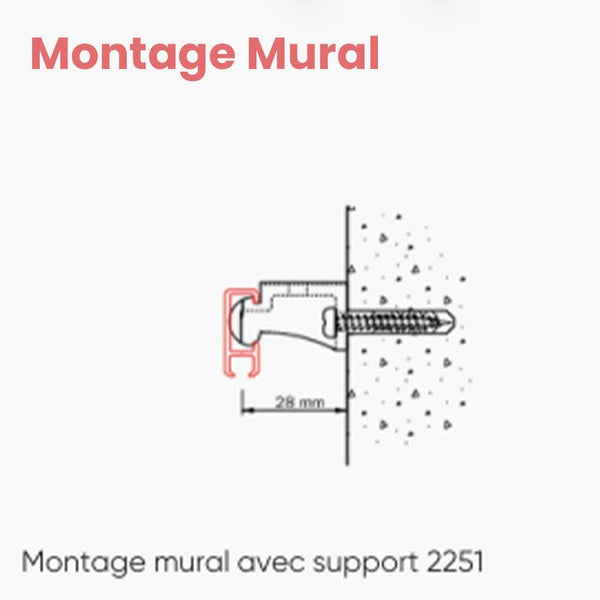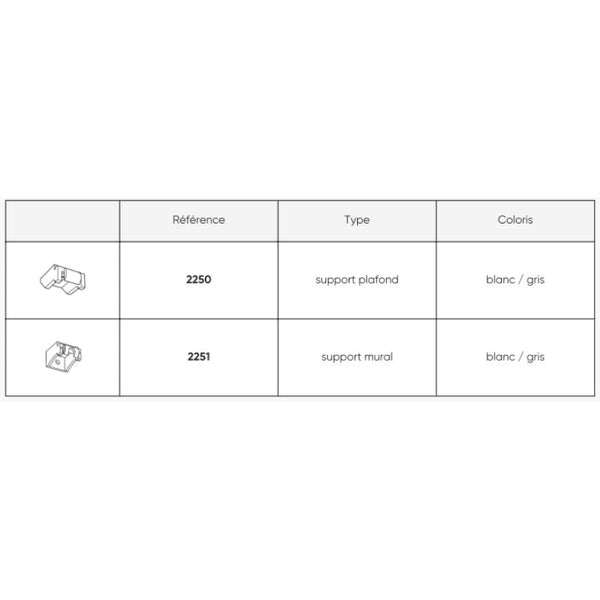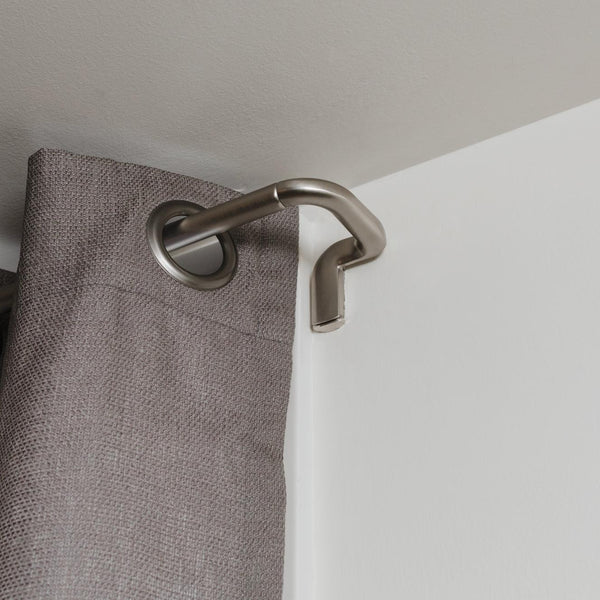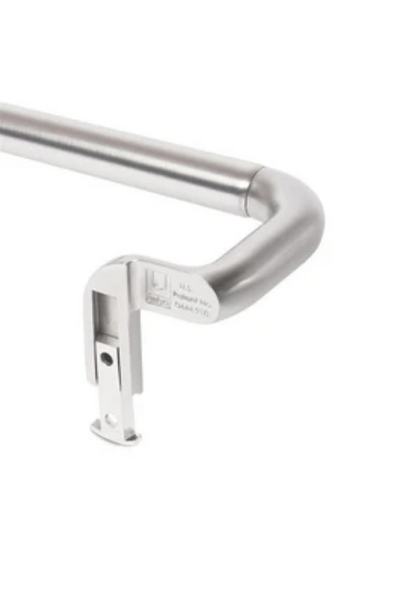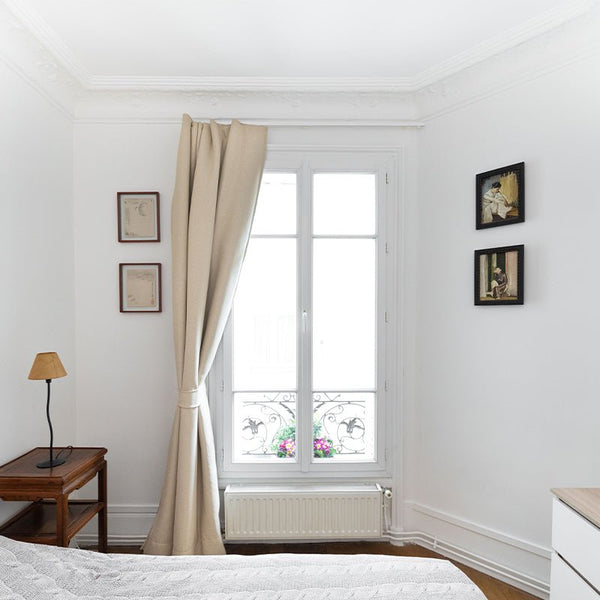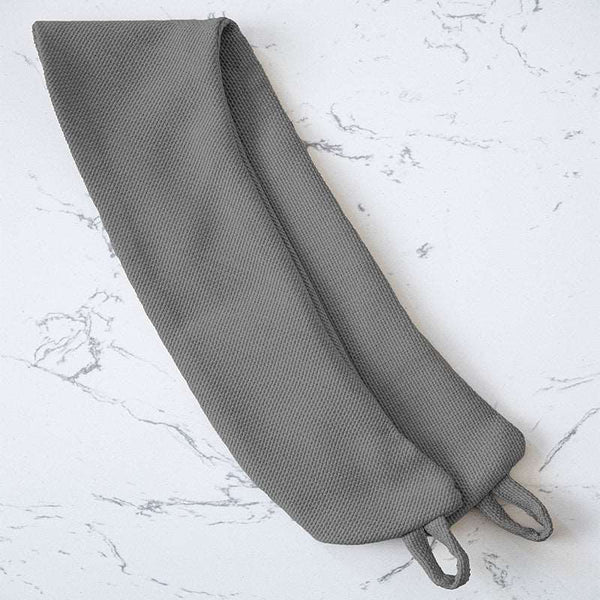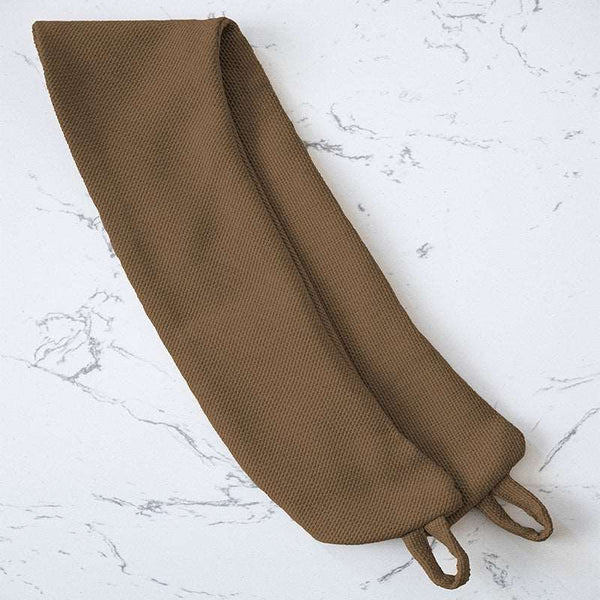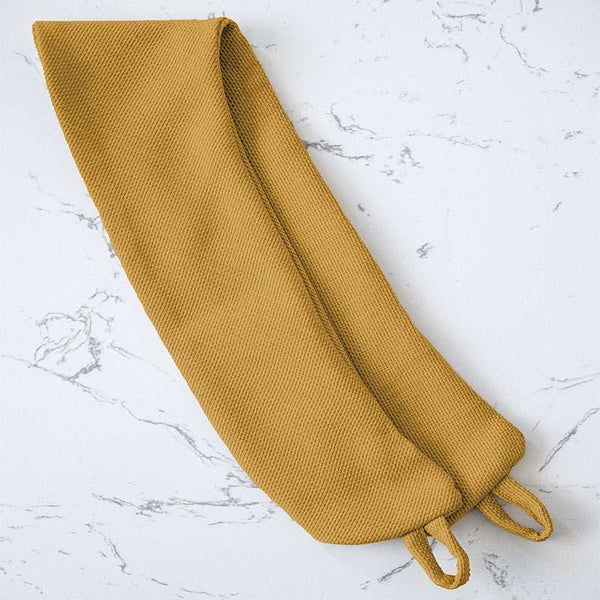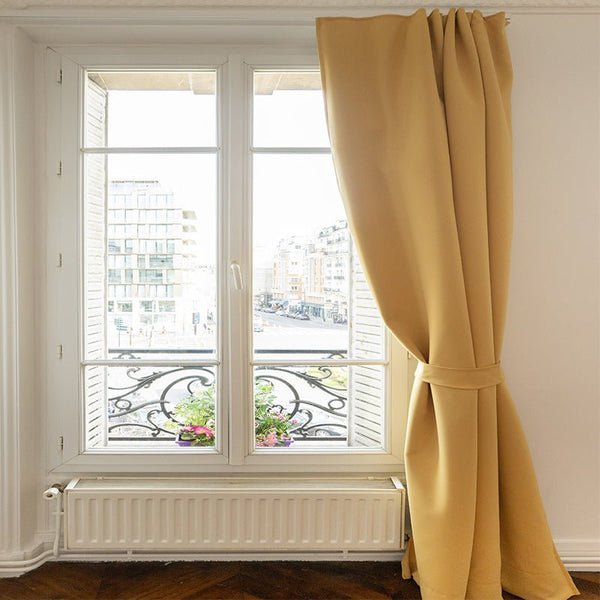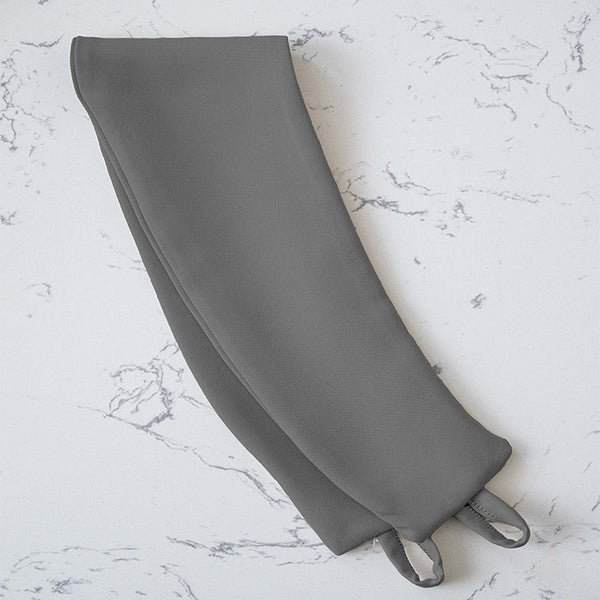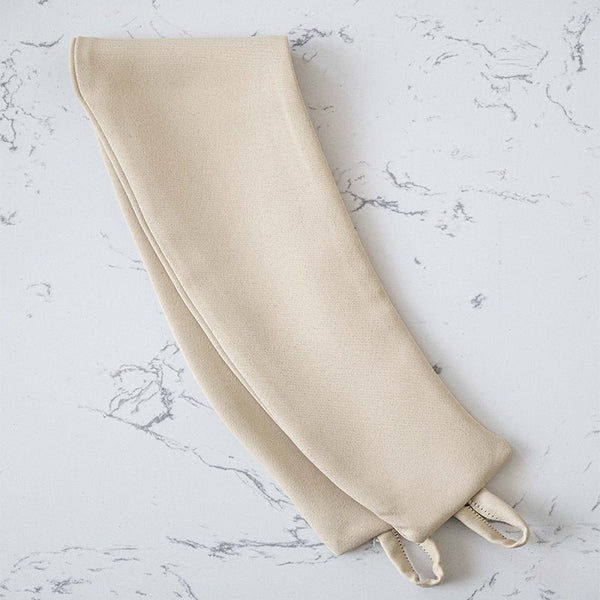Noise can become a real nightmare in our daily lives. Whether at home or at work, noise pollution affects our comfort and productivity. Fortunately, there are solutions. Acoustic insulation is one such solution. But with so many different materials to choose from, how do you know which is the most effective soundproofing material?
What is acoustic insulation?
Acoustic insulation, also known as soundproofing, refers to all the techniques used to limit the propagation of sound. In other words, it involves blocking or reducing the noise level from outside (street noise, neighbors) or inside (noise from one room to another) in order to regain peace and quiet. You can choose to insulate a single room, a group of rooms or your entire home or workplace. The solution will of course depend on your specific needs, your budget and the constraints of your building.
Choosing insulating materials
There is a wide range of materials available for soundproofing your space, each with its own advantages and disadvantages. The most commonly used materials are glass wool, rock wool, acoustic foam, cork, wood fiber and cellulose wadding. You can also use an acoustic curtain for decoration and soundproofing.
Glass wool and rock wool
Widely used, glass and rock wool are renowned for their effectiveness assoundproofing materials. These materials offer excellent sound and heat insulation, resulting in significant energy savings. However, their handling can be irritating to the skin and respiratory tract, so it's best to use gloves and a mask when installing them. What's more, their manufacturing processes are energy-intensive, making them less environmentally-friendly options.
Acoustic foam
Acoustic foam is another widely used insulation material, particularly in recording studios. It's lightweight, easy to install and effective atabsorbing sound. However, for large surfaces, it may not be sufficient.
Cork, wood fiber and cellulose wadding
All three materials are natural and environmentally friendly. They also offer excellent sound and heat insulation. Cork is known for its own noise-reducing resonances. Wood fiber is appreciated for its density, which gives it good acoustic performance. Cellulose wadding is probably the best ecological material for sound insulation. However, the initial investment for these materials is higher than for other insulating materials.
Factors to consider before making your choice
When evaluating different types of acoustic insulation, there are several factors to consider. The first issound insulation efficiency. The denser and thicker the material, the better the insulation. This is because sounds are mechanical vibrations, and these vibrations have difficulty penetrating dense materials. So the denser the material, the more it attenuates sound. The thickness of the material is also important: the greater the thickness, the greater the sound attenuation.
The second factor is the material's adaptability. You need to make sure that the insulation fits in well with your structures and environment. Some materials, for example, are less adaptable to irregular spaces.
Finally, cost is a decisive criterion. It's important to take into account the initial cost of the insulation, but also, in the case of thermal insulation, the cost saved on energy bills.
Acoustic curtains, an attractive and flexible solution
Acoustic curtains are often overlooked when it comes to sound insulation. However, they offer a number of advantages. First of all, they are particularly suitable for those looking for a solution that doesn't require heavy work. What's more, acoustic curtains are a flexible, aesthetic alternative that can be harmonized with your interior decor. Finally, they can be used as a complementary solution to traditional insulation to improve sound comfort.
Determining the best acoustic insulation is difficult, as it depends on your specific needs and budget. For a residential space, glass wool or rock wool may be good solutions. If you have a recording studio, acoustic foam is the best choice. If you're looking for an environmentally-friendly material, cork, wood fiber or cellulose wadding are relevant alternatives. Finally, don't forget acoustic curtains, which can greatly enhance the comfort of your space.
Nokomis acoustic curtains, a flexible and aesthetic solution
At Nokomis, we offer a range of quality acoustic curtains for all types of interiors, from homes to recording studios. With their sleek design, they blend in perfectly with your decor and offer real sound comfort, while remaining flexible and easy to install. Contact us or visit our website for more information and to discover the solution best suited to your needs.
